
Global economic growth is projected to slow from an estimated 2.7 per cent in 2023 to 2.4 per cent in 2024, trending below the pre-pandemic growth rate of 3.0 per cent, according to the United Nations World Economic Situation and Prospects (WESP) 2024. This latest forecast comes on the heels of global economic performance exceeding expectations in 2023. However, last year’s stronger-than-expected GDP growth masked short-term risks and structural vulnerabilities.
The UN’s flagship economic report presents a sombre economic outlook for the near term. Persistently high interest rates, further escalation of conflicts, sluggish international trade, and increasing climate…
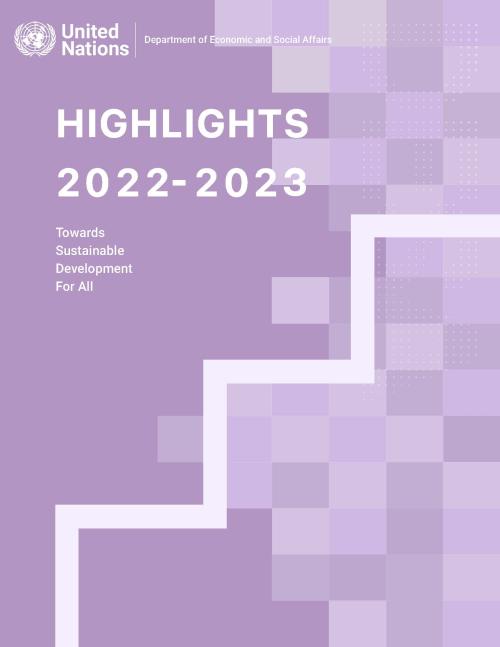
The UN DESA Annual Highlights report is a tool to communicate the contributions of the Department to the realization of internationally agreed development goals and shared social, economic, and environmental aspirations. It showcases the Department’s role in gauging trends, building capacities, and shaping solutions. UN DESA Highlights 2022-2023 covers activities over the period of the 77th Session of the General Assembly (September 2022 – August 2023) and reflects the Department’s response to the set priorities and expressed needs of Member States. Seven (7) thematic chapters showcase how UN DESA put its expertise to the task of supporting Member State efforts to implement the 2030…

Prospects for a robust global economic recovery remain dim amid stubborn inflation, rising interest rates and heightened uncertainties. Instead, the world economy faces the risk of a prolonged period of low growth as the lingering effects of the COVID-19 pandemic, the ever-worsening impact of climate change and macroeconomic structural challenges remain unaddressed, according to the World Economic Situation and Prospects as of mid-2023 released today.
According to the report, the world economy is now projected to grow by 2.3 per cent in 2023 (+0.4 percentage points from the January forecast) and 2.5 per cent in 2024 (-0.2 percentage points), a slight uptick in the global growth…
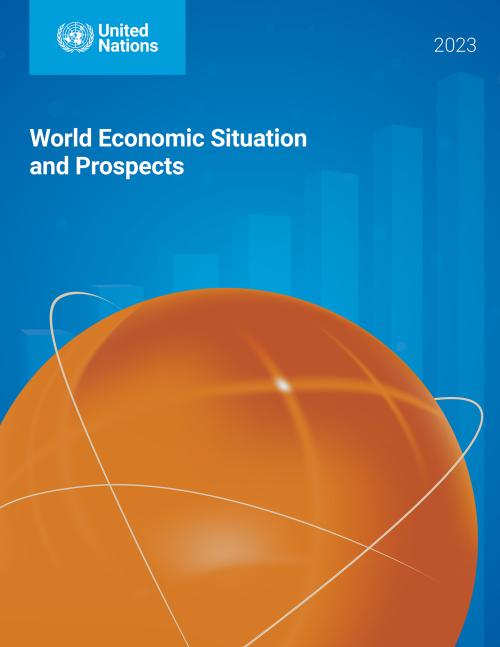
A series of severe and mutually reinforcing shocks — the COVID-19 pandemic, the war in Ukraine and resulting food and energy crises, surging inflation, debt tightening, as well as the climate emergency — battered the world economy in 2022. Against this backdrop, world output growth is projected to decelerate from an estimated 3.0 per cent in 2022 to 1.9 per cent in 2023, marking one of the lowest growth rates in recent decades.
The World Economic Situation and Prospects 2023 presents a gloomy and uncertain economic outlook for the near term. Global growth is forecast to moderately pick up to 2.7 per cent in 2024 as some of the headwinds will begin to subside. However, this is…

Contraception assists individuals and couples to achieve their reproductive goals and enables them to exercise the right to have children by choice. World Family Planning 2022 presents the latest trends and patterns in contraceptive use at the global, regional and national levels. The report assesses levels and trends in contraceptive use and needs of women of reproductive age between 1990 and 2021, including the proportion of women of reproductive age (aged 15-49 years) who have their need for family planning satisfied with modern methods of contraception (SDG indicator 3.7.1). The report also examines how contraceptive use and needs vary by women’s age and highlights gaps in meeting…
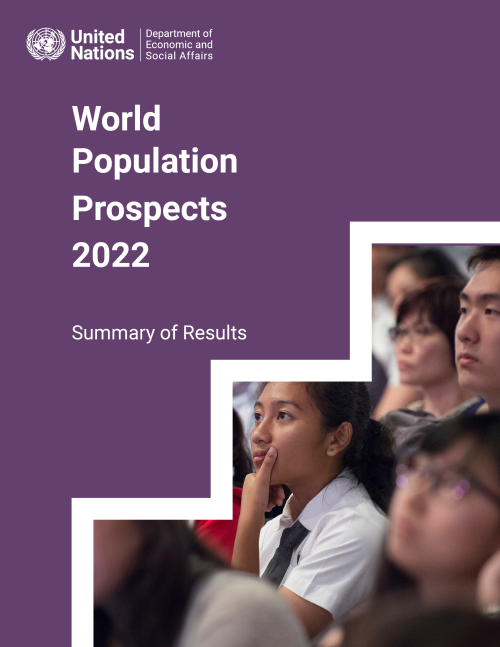
World Population Prospects 2022 is the twenty-seventh edition of the official United Nations population estimates and projections. It presents population estimates from 1950 to the present for 237 countries or areas, underpinned by analyses of historical demographic trends. This latest assessment considers the results of 1,758 national population censuses conducted between 1950 and 2022, as well as information from vital registration systems and from 2,890 nationally representative sample surveys.
The 2022 revision also presents population projections to the year 2100 that reflect a range of plausible outcomes at the global, regional and national levels. For the first time,…
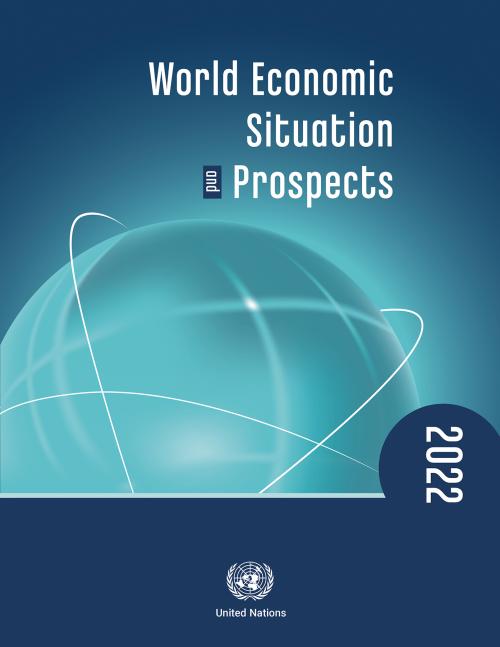
Global growth prospects have weakened significantly amid the war in Ukraine, rising energy, food and commodity prices, soaring inflation and tightening monetary policy stances by major central banks. The world economy is projected to grow by 3.1 per cent in 2022, marking a downward revision of 0.9 percentage points from our previous forecast released in January 2022. The baseline forecast faces significant downside risks from further intensification of the war in Ukraine and potential new waves of the pandemic.
Growth forecasts for the United States, European Union and China have been revised downward, with the European Union registering the most significant downward revision. The…
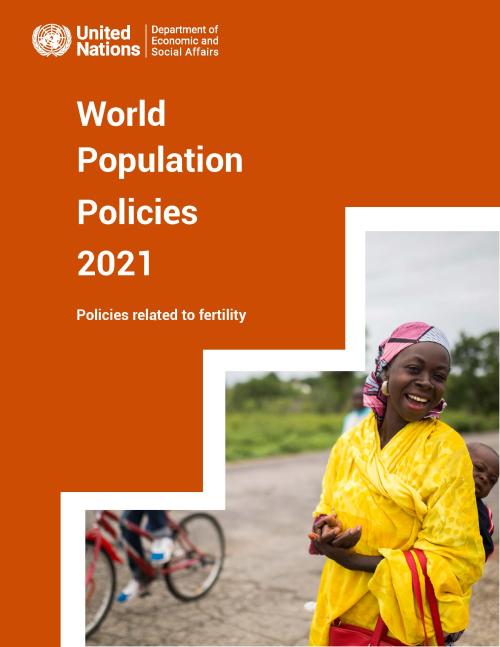
The World Population Policies 2021: Policies related to fertility, provides a brief overview of global fertility levels and trends since the early 1960s and explores government’s views and policies related to fertility. The analysis of views and policies draws on data gathered through 2019 and available in the World Population Policies Database, reflecting the situation before the outbreak of the coronavirus disease 2019 (COVID-19) pandemic. The report then presents five case studies of countries from different regions and with a range of fertility levels, exploring in more detail the origin and evolution of national fertility policies. The case studies are followed by an assessment of…

Global Population Growth and Sustainable Development probes the linkages between global population growth and the social, economic and environmental dimensions of sustainable development. The report examines how the current rapid growth of the human population is a consequence of the demographic transition from high to low levels of mortality and fertility. The report reviews the connections between population growth and key aspects of social and economic development, including poverty, hunger and malnutrition, health, education, gender equality, economic growth and decent work. It also explores the contribution of global population increase to environmental degradation, including…

The global economic recovery is facing significant headwinds amid new waves of COVID-19 infections, persistent labour market challenges, lingering supply-chain challenes and rising inflationary pressures. After expanding by 5.5 per cent in 2021, the global output is projected to grow by only 4.0 per cent in 2022 and 3.5 per cent in 2023, according to the United Nations World Economic Situation and Prospects (WESP) 2022.
The robust recovery in 2021 – driven by strong consumer spending and some uptake in investment, with trade in goods surpassing pre-pandemic levels — marked the highest growth rate in more than four decades, the Report highlighted. Yet the momentum for growth –…

The World Population Policies 2021: Policies related to fertility, provides a brief overview of global fertility levels and trends since the early 1960s and explores government’s views and policies related to fertility. The analysis of views and policies draws on data gathered through 2019 and available in the World Population Policies Database, reflecting the situation before the outbreak of the coronavirus disease 2019 (COVID-19) pandemic. The report then presents five case studies of countries from different regions and with a range of fertility levels, exploring in more detail the origin and evolution of national fertility policies. The case studies are followed by an assessment of…
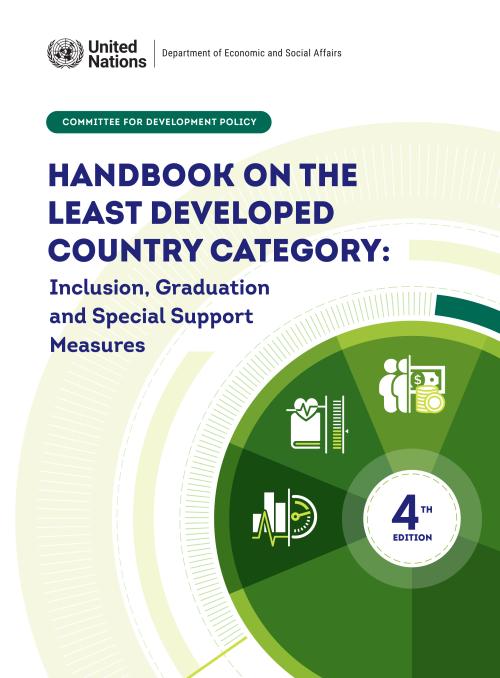
The fourth edition of the Handbook on the Least Developed Country Category provides comprehensive information on the least developed country (LDC) category, including a description of procedures and methodologies used in the identification of these countries and the international support measures available to them. It builds upon and updates the previous edition, published in 2018. The Handbook aims at providing comprehensive and up-to-date information on the LDC category. The publication is intended for use by government officials, policymakers, researchers and others interested in the LDC category.
 Welcome to the United Nations
Welcome to the United Nations